- No products in the cart.
Losek MAPS tab p / 20 mg of the film fl.plast 28 pc
$16.40
Losek MAPS tab p / 20 mg of the film fl.plast 28 pc
Description
Composition
Active substance:
Omeprazole magnesium 20.6 mg (equivalent to 20.0 mg of omeprazole).
Excipients:
Glyceryl monostearate 40-55 1.4 mg, 4.8 giproloza mg Hypromellose 15.0 mg Magnesium stearate 0.7 mg, methacrylic and ethacrylic acid copolymer 27.0 mg Microcrystalline cellulose 220.0 mg, 0.2 Paraffin mg, 2.5 mg macrogol, polysorbate 80 0.1 mg crospovidone 4.6 mg, 0.5 mg sodium stearyl fumarate, sucrose spherical granule size 0,250-0,355 22.0 mg talc 8.3 mg titanium dioxide ( E171) 2.2 mg, 8.2 mg of triethyl citrate, iron oxide red dye E172 0.3 mg.
Description:
Oblong biconvex tablet pink coated membrane liner 20 mG engraved on one side and symbol – on the other side.
Product form:
Tablets, coated membrane sheath 10 mg or 20 mg.
To 10 mg tablets:
14 tablets in a plastic bottle with a screw cap with a plastic tamper-evident. Each vial is packed in a cardboard box with instructions for use.
To 20 mg tablets:
At 14 or 28 tablets in a plastic bottle with a plastic screw cap with tamper-evident. Each vial is packed in a cardboard box with instructions for use.
Contraindications
Known hypersensitivity to omeprazole, substituted benzimidazoles or other ingredients in the preparation.
Deficiency of sucrase / isomaltase, fructose intolerance, glucose-galactose malabsorption.
Simultaneous treatment with erlotinib, posaconazole.
Children under 2 years old.
Children older than 2 years for other indications, except for the treatment of reflux esophagitis and symptomatic gastroesophageal reflux disease.
Children older than 4 years for other indications, except for the treatment of reflux esophagitis, symptomatic gastroesophageal reflux disease and duodenal ulcers caused by Helicobacter pylori.
Carefully
Patients with osteoporosis.
In the presence of symptoms such as substantial spontaneous weight loss, frequent vomiting, dysphagia, vomiting blood or melena, and in the presence of gastric ulcers (or suspicion of gastric ulcer) should exclude the presence of malignancy because treatment can lead to masking symptoms and thus delay diagnosis.
Dosage
20 mg
Indications
Adults: duodenal ulcer gastric ulcer
NSAID-associated ulcers and erosions of the stomach and duodenum eradication of Helicobacter pylori in peptic ulcer disease (in combination with appropriate antibiotic therapy), reflux esophagitis, symptomatic gastro-oesophageal reflux disease dyspepsia associated with acidity Zollinger-Ellison
Children and adolescents
Children older than 2 years with a body weight of at least 20 kg: Reflux esophagitis, symptomatic gastro-oesophageal reflux disease
Children over 4 years of age and adolescents:
Duodenal ulcer caused by Helicobacter pylori.
Interaction with other drugs
Effect of omeprazole on the pharmacokinetics of other drugs
Reduction of gastric acid secretion in the stomach in the treatment of omeprazole and other proton pump inhibitors can cause a reduction or increase the absorption of other drugs, the absorption of which depends on the acidity of the medium.
Like other drugs, lowering gastric acidity, omeprazole treatment may result in decreased absorption of ketoconazole, itraconazole, posaconazole and erlotinib and enhance absorption of drugs such as digoxin. Co-administration of omeprazole 20 mg once daily and digoxin increases the bioavailability of digoxin in 10% (bioavailability of digoxin was increased by up to 30% in 20% of patients). Simultaneous administration of the drug Losek® MAPS® erlotinib posaconazole or contraindicated (see. The section “Contra ‘). It has been shown that omeprazole interact with some antiretroviral drugs. Mechanisms and clinical implications of these interactions are not always known. The increase in pH during treatment with omeprazole may interfere with the absorption of antiretroviral drugs. It is also possible for the interaction CYP2C19 isozyme level. If concomitant use of omeprazole and certain antiretroviral drugs such as atazanavir and nelfinavir, against the background of omeprazole therapy, there is a decrease in their serum concentrations. Therefore, the combined use of omeprazole with antiretroviral drugs, such as atazanavir and nelfinavir is not recommended.
With simultaneous use of omeprazole saquinavir and saquinavir increase was observed in serum, when used with some other antiretroviral drugs, their concentration was not changed.
Omeprazole inhibits SYR2S19 – basic isozyme involved in its metabolism. The combined use of omeprazole with other drugs in metabolism which participates isozyme CYP2C19, such as diazepam, warfarin (R-warfarin) or other vitamin K antagonists, phenytoin and cilostazol, can slow down the metabolism of these drugs. It is recommended to monitor the patients receiving phenytoin and omeprazole, may require dose reduction of phenytoin. However, co-treatment with omeprazole in a daily dose of 20 mg did not affect the concentration of phenytoin in blood plasma of patients receiving long-term medication. When omeprazole patients receiving warfarin and other vitamin K antagonists, requires monitoring of international normalized ratio; in some cases you may need a dose reduction of warfarin or other vitamin K antagonists However concomitant treatment with omeprazole 20 mg daily does not change coagulation time in patients receiving long-term warfarin.
Omeprazole 40mg once a day resulted in an increase in Cmax and AUC of cilostazol and 26% to 18%, respectively; for one of the active metabolites cilostazol increase was 29% and 69%, respectively. According to the research mentioned pharmacokinetic / pharmacodynamic interaction between clopidogrel (loading dose of 300 mg, and the maintenance dose of 75 mg / d.) And omeprazole (80 mg / day. Inwardly), which leads to lower exposure to the active metabolite of clopidogrel, an average of 46 % and reduced maximum inhibition of ADP-induced platelet aggregation, on average, 16%. The clinical significance of this interaction is not clear. An increased risk of cardiovascular disease in the combined use of clopidogrel and proton pump inhibitors, including omeprazole, have not been shown in a prospective randomized study of unfinished over 3760 patients receiving placebo or omeprazole 20 mg / day. simultaneously with clopidogrel and acetylsalicylic acid (ASA), and not confirmed by the additional non-randomized clinical outcomes analysis scale prospective randomized trials involving more than 47000 patients. A number of observational studies are inconsistent and do not give a clear answer about the presence or absence of an increased risk of thromboembolic cardiovascular events against the background of the joint use of clopidogrel and proton pump inhibitors. When clopidogrel together with a fixed combination of 20 mg of esomeprazole and 81 mg ASA exposure to the active metabolite of clopidogrel decreased by almost 40% compared to a monotherapy clopidogrel, with maximal levels of inhibition of ADP-induced platelet aggregation were identical, which is probably due to the simultaneous receiving a low dose of ASA.
Omeprazole does not affect the metabolism of drugs metabolized isoenzyme SYR3A4 such as cyclosporin, lidocaine, quinidine, estradiol, erythromycin and budesonide.
Not revealed the interaction of omeprazole with the following medications: antacids, caffeine, theophylline, S-warfarin, piroxicam, diclofenac, naproxen, metoprolol, propranolol and ethanol.
With simultaneous use of omeprazole and tacrolimus was observed increase in serum concentration of tacrolimus.
Some patients have noted a slight increase in the concentration of methotrexate in the background of the joint use with proton pump inhibitors. When high-dose methotrexate should consider temporary discontinuation of omeprazole.
Effect of drugs on the pharmacokinetics of omeprazole
The metabolism of omeprazole involved isoenzymes CYP2C19 and CYP3A4. The combined use of omeprazole and inhibitors isozymes CYP2C19 and CYP3A4, such as clarithromycin and voriconazole, can lead to increased concentration of omeprazole in blood plasma by slowing down the metabolism of omeprazole. The combined use of voriconazole and omeprazole results in a more than twofold increase in AUC of omeprazole. Due to good tolerability of high-dose omeprazole after brief joint application of these drugs is not required omeprazole dose correction.
Co-administration of omeprazole with amoxicillin or metronidazole does not affect the concentration of omeprazole in blood plasma.
Medications which induce isozymes CYP2C19 and CYP3A4, such as rifampicin and preparations Hypericum perforatum, or combined with omeprazole may lead to decrease in the concentration of omeprazole in blood plasma by accelerating the metabolism of omeprazole.
Overdose
Individual oral dosage Losek® MAPS® to 400 mg did not cause any severe symptoms. When receiving 560 mg of omeprazole adults had moderate toxicity. With increasing doses of the drug elimination rate remained unchanged (first order kinetics), specific treatment is not required.
Symptoms: dizziness, confusion, lethargy, headache, dilation of blood vessels, tachycardia, nausea, vomiting, flatulence, diarrhea.
Treatment: symptomatic treatment, if necessary, gastric lavage, appointment of activated carbon.
pharmachologic effect
Pharmacological group:
Gastric glands secretion lowering agent – a proton pump inhibitor.
Pharmacodynamics:
Mechanism of action
Omeprazole is a weak base. Concentrated in the acidic environment of the secretory canaliculi of the parietal cells of the gastric mucosa, it is activated and inhibits the proton pump – the enzyme H +, K + -ATPase. Effect of omeprazole on the last step of the process of formation of hydrochloric acid in the stomach is dose-dependent and provides a highly efficient inhibition of basal and stimulated acid secretion irrespective of the stimulatory factor.
Effect on gastric acid secretion
Losek® MAPS® with daily oral application provides a rapid and effective inhibition of daytime and nocturnal acid secretion. The maximum effect is reached within 4 days of treatment. In patients with duodenal ulcer Losek® MAPS® 20 mg causes a steady decline in the 24-hour gastric acidity of not less than 80%. This achieves reduction in the mean maximum concentration of hydrochloric acid after stimulation of pentagastrin by 70% for 24 hours.
Patients with duodenal ulcer Losek® MAPS® 20 mg daily when administered orally supports in intragastric acidity value medium at pH> 3, on average, for 17 hours a day.
Inhibition of secretion of hydrochloric acid depends on the area under the concentration-time curve (AUC) of omeprazole, but not on the concentration of drug in the plasma at a given time.
Effect on Helicobacter pylori
Omeprazole has a bactericidal effect on Helicobacter pylori in vitro. Eradication of Helicobacter pylori with omeprazole together with antibacterial agents accompanied by a rapid elimination of symptoms, a high degree of healing of mucosal defects of the gastrointestinal tract and long-term remission of peptic ulcer, which reduces the possibility of complications such as bleeding, as efficiently as the constant maintenance therapy.
Other effects associated with the inhibition of gastric acid secretion
Patients taking drugs that reduce the secretion of gastric glands, over a long period of time, often marked the formation of glandular cysts in the stomach; cysts are benign and are alone against the backdrop of continued therapy. These phenomena are caused by physiological changes as a result of inhibition of gastric acid secretion.
Reduced secretion of hydrochloric acid in the stomach by the action of proton pump inhibitors or other means of reducing the acidity of the stomach increases the growth of normal intestinal microflora, which in turn may lead to a slight increase in risk of intestinal infections caused by bacteria of the genus Salmonella spp. and Campylobacter spp., and in hospitalized patients is also likely the bacterium Clostridium difficile.
During treatment with drugs that lower the secretion of the glands of the stomach, gastrin concentration in serum increases. Due to the reduced secretion of hydrochloric acid concentration is increased chromogranin A (CgA). Increasing CgA concentration can affect the results of the tests to detect neuroendocrine tumors (see. “Special instructions” section). To prevent this effect therapy of proton pump inhibitors is necessary to suspend at least 5 days before the study CgA concentration. If during this time the concentration of CgA and gastrin have not returned to normal, the study should be repeated after 14 days after discontinuation of omeprazole.
In children and adult patients taking long-term omeprazole, showed an increase in the number of enterochromaffin cells, probably due to the increase in serum gastrin concentration. The clinical relevance of this phenomenon has not.
Pharmacokinetics:
Distribution
Omeprazole is absorbed in the small intestine, usually within 3-6 hours. Bioavailability after oral administration is about 60%. Meal did not affect the bioavailability of omeprazole.
Indicator omeprazole binding to plasma proteins is approximately 95%, a volume of distribution of 0.3 l / kg.
Metabolism
Omeprazole is completely metabolized in the liver. Key enzymes involved in metabolism, CYP2C19 and CYP3A4. The formed metabolites – sulfone, sulfide and hydroxy-omeprazole have no significant effect on the secretion of hydrochloric acid.
Total plasma clearance was 0.3-0.6 l / min. Bioavailability of omeprazole is increased by approximately 50% during the second reception compared with the reception of a single dose.
Excretion
The half-life is about 40 minutes (30-90 minutes). About 80% is excreted as metabolites by the kidneys, and the rest – the intestines.
Special patient groups
There were no significant changes in the bioavailability of omeprazole in elderly patients or in patients with impaired renal function. Patients with hepatic impairment of function there is an increase in bioavailability of omeprazole and a significant decrease in plasma clearance.
Pregnancy and breast-feeding
The results showed no side effects of omeprazole on the health of pregnant women, the fetus or newborn.
Losek® MAPS® can be used during pregnancy.
Omeprazole is excreted in breast milk, however, when applied in therapeutic doses, effects on the baby are unlikely.
Conditions of supply of pharmacies
On prescription.
side effects
Below are side effects which are independent of dosing regimen of omeprazole, which have been observed in clinical studies and also in post-marketing application.
Often (> 1/100,
Infrequently (> 1/1000,
Rare (> 1/10000,
The frequency is not known
Hypomagnesemia, hypocalcemia due to severe hypomagnesemia, hypokalemia, hypomagnesemia due
Reported cases of glandular formation of cysts in the stomach in patients taking drugs that reduce the secretion of gastric glands, over a long period of time; cysts are benign and are alone against the backdrop of continued therapy.
special instructions
If any alarming symptoms (e.g., such as a significant spontaneous loss of body weight, repeated vomiting, dysphagia, vomiting with blood or melena), and in the presence of gastric ulcers (or suspected stomach ulcer) should exclude the presence of malignancy because Losek® MAPS® drug treatment can lead to smoothing of symptoms and delay diagnosis.
We do not recommend joint use of omeprazole with drugs such as atazanavir and nelfinavir. According to the research mentioned pharmacokinetic / pharmacodynamic interaction between clopidogrel (loading dose of 300 mg, and the maintenance dose of 75 mg / d.) And omeprazole (80 mg / day. Inwardly), which leads to lower exposure to the active metabolite of clopidogrel on average 46% and decrease maximal inhibition of ADP-induced platelet aggregation in average 16%. Therefore, to avoid the simultaneous application of omeprazole and clopidogrel (see. See “The interaction with other drugs and other forms of interaction”).
Individual observational studies suggest that treatment with proton pump inhibitors may slightly increase the risk of osteoporosis-related fractures, but not observed in other studies of similar increased risk.
In a randomized, double-blind, controlled clinical studies of omeprazole and esomeprazole, including two open-label studies with a duration of treatment for more than 12 years, has not been confirmed link osteoporotic fractures with the use of proton pump inhibitors.
Although a causal relationship omeprazole / esomeprazole with fractures to osteoporosis has not been established, patients at risk of developing osteoporosis or fractures on his background should be kept under appropriate clinical supervision.
Increasing CgA concentration can affect the results of the tests to detect neuroendocrine tumors (see. The section “Pharmacodynamics”). To prevent this effect therapy of proton pump inhibitors is necessary to suspend at least 5 days before the study CgA concentration. If during this time the concentration of CgA and gastrin have not returned to normal, the study should be repeated after 14 days after discontinuation of omeprazole.
The effect on the ability to operate vehicles, machinery
There are no data on the effect of the drug Losek® MAPS® on ability to drive and use machines. However, due to the fact that during therapy may experience dizziness, blurred vision and drowsiness be careful when driving vehicles and mechanisms.
Storage conditions
Store at a temperature not higher than 25 ° C.
After application of the vial cap tightly.
Keep out of the reach of children.
Dosing and Administration
Inside. Таблетки Лосек® MАПС® рекомендуется принимать утром, таблетку следует глотать целиком, запивая жидкостью. Таблетки нельзя разжевывать или дробить.
Таблетки можно растворять в воде или слегка подкисленной жидкости, например, во фруктовом соке. Полученный раствор должен быть использован в течение 30 мин. Чтобы быть уверенным в приеме полной дозы, налейте в стакан снова жидкости наполовину, взболтайте и выпейте.
Adults
Язва двенадцатиперстной кишки
Пациентам с активной язвой двенадцатиперстной кишки рекомендуется принимать Лосек® MАПС® 20 мг 1 раз в сутки. Препарат обеспечивает быстрое устранение симптомов. У большинства пациентов заживление язвы наступает в течение 2-х недель. В тех случаях, когда в течение 2-х недель полное заживление язвы не наступает, заживление достигается при последующем 2-х недельном приёме препарата Лосек® MАПС®.
Пациентам с язвой двенадцатиперстной кишки, мало восприимчивой к лечению, обычно назначают Лосек® MАПС® 40 мг 1 раз в сутки; заживление язвы обычно наступает в течение 4 недель.
Для предотвращения рецидивов пациентам с язвой двенадцатиперстной кишки рекомендуют Лосек® MАПС® 10 мг 1 раз в сутки. В случае необходимости дозу можно увеличить до 20-40 мг 1 раз в сутки.
Язва желудка
Рекомендуемая доза – Лосек® MАПС® 20 мг 1 раз в сутки. Препарат обеспечивает быстрое устранение симптомов. У большинства пациентов излечение наступает в течение 4 недель. В тех случаях, когда после первого курса приема препарата полное заживление не наступает, обычно назначают повторный 4-недельный курс лечения, в течение которого достигается заживление.
Пациентам с язвой желудка, мало восприимчивой к лечению, обычно назначают Лосек® MАПС® 40 мг 1 раз в сутки; заживление обычно достигается в течение 8 недель.
Для предотвращения рецидивов пациентам с язвой желудка рекомендуют Лосек® MАПС® 20 мг 1 раз в сутки. В случае необходимости дозу можно увеличить до 40 мг 1 раз в сутки.
НПВП ассоциированные язвы и эрозии желудка и двенадцатиперстной кишки
При наличии НПВП ассоциированных язв желудка, двенадцатиперстной кишки или гастродуоденальных эрозиях у пациентов с продолжающейся терапией НПВП или после ее прекращения рекомендуемая доза препарата Лосек® MАПС® – 20 мг 1 раз в сутки. Препарат обеспечивает быстрое устранение симптомов, у большинства пациентов излечение наступает в течение 4 недель. У тех пациентов, у которых не произошло излечивание в течение начального периода терапии, заживление обычно достигается при повторном 4-х недельном приеме препарата.
Для профилактики язв и эрозий желудка и двенадцатиперстной кишки и симптомов диспепсии, связанных с приемом НПВП, рекомендованная доза препарата Лосек® MАПС® – 20 мг 1 раз в сутки.
Эрадикация Helicobacter pylori при язвенной болезни (в комбинации с соответствующей антибактериальной терапией)
Режимы эрадикации Helicobacter pylori при язвенной болезни
Трехкомпонентная схема лечения:
Лосек® MАПС® 20 мг, амоксициллин 1 г и кларитромицин 500 мг. Все препараты принимать 2 раза в сутки в течение одной недели или
Лосек® MАПС® 20 мг, метронидазол 400 мг (или тинидазол 500 мг) и кларитромицин 250 мг. Все препараты принимать 2 раза в сутки в течение одной недели или
Лосек® MАПС® 40 мг 1 раз в сутки, а также амоксициллин 500 мг и метронидазол 400 мг 3 раза в сутки в течение одной недели.
Двухкомпонентная схема лечения:
Лосек® MАПС® 40-80 мг ежедневно и амоксициллин 1,5 г ежедневно (дозу следует делить на части) в течение двух недель. Во время клинических испытаний применяли амоксициллин в суточной дозе 1,5-3 г, Лосек® MАПС® 40 мг 1 раз в сутки и кларитромицин 500 мг 3 раза в сутки в течение двух недель.
Для обеспечения полного заживления дальнейшее лечение проводить в соответствии с рекомендациями в разделах «Язва двенадцатиперстной кишки» и «Язва желудка».
В тех случаях, когда после прохождения курса лечения тест на Helicobacter pylori остается положительным, курс лечения может быть повторен.
Рефлюкс эзофагит
Рекомендуемая доза – по одной таблетке Лосек® MАПС® 20 мг 1 раз в сутки. Препарат обеспечивает быстрое устранение симптомов. У большинства пациентов излечение наступает в течение 4 недель. В тех случаях, когда после первого курса приема препарата полное излечение не наступает, обычно назначают повторный 4-недельный курс лечения, в течение которого достигается излечение.
Пациентам с тяжелой формой рефлюкс эзофагита рекомендуется Лосек® MАПС® 40 мг 1 раз в сутки; излечение обычно наступает в течение 8 недель.
Пациентам с рефлюкс эзофагитом в стадии ремиссии назначают Лосек® MАПС® 10 мг 1 раз в сутки в виде длительных курсов поддерживающей терапии. В случае необходимости дозу можно увеличить до 20-40 мг.
Симптоматическая гастро-эзофагеальная рефлюксная болезнь
Рекомендуемая доза – Лосек® MАПС® 20 мг 1 раз в сутки. Препарат обеспечивает быстрое устранение симптомов. Терапевтический эффект может достигаться при ежедневной дозе 10 мг, поэтому не исключается индивидуальный подбор дозы. Если после 4 недель лечения (Лосек® MАПС® 20 мг 1 раз в сутки) симптомы не исчезают, рекомендуется дополнительное обследование пациента.
Диспепсия, связанная с повышенной кислотностью
Для облегчения болей и/или устранения ощущений дискомфорта в эпигастральной области, с изжогой или без изжоги, назначают Лосек® MАПС® 20 мг 1 раз в сутки. Терапевтический эффект может достигаться при дозе 10 мг 1 раз в сутки, поэтому лечение можно начинать с этой дозы. Если после 4 недель лечения (Лосек® MАПС® 20 мг 1 раз в сутки) симптомы не исчезают, рекомендуется дополнительное обследование пациента.
Синдром Золлингера-Эллисона
Пациентам с синдромом Золлингера-Эллисона препарат назначают в индивидуальной дозировке. Лечение продолжают по клиническим показаниям настолько долго, насколько это необходимо. Рекомендуемая начальная доза – Лосек® MАПС® 60 мг ежедневно. У всех пациентов с тяжелой формой заболевания, а также в тех случаях, когда другие терапевтические методы не привели к желаемому результату, применение препарата было эффективным у более 90% пациентов при приеме 20-120 мг Лосек® MАПС® ежедневно. В тех случаях, когда суточная доза препарата превышает 80 мг, дозу следует делить на две части и принимать 2 раза в сутки.
Дети и подростки
Рефлюкс эзофагит и симптоматическая гастро-эзофагеальная рефлюксная болезнь
Детям в возрасте старше 2 лет с массой тела более 20 кг назначают препарат Лосек® MАПС® в дозе 20 мг в один раз сутки. При необходимости возможно увеличение дозы до 40 мг один раз в сутки. Рекомендуемая продолжительность лечения в случае рефлюкс эзофагита составляет 4-8 недель. Рекомендуемая продолжительность лечения в случае симптоматической гастро-эзофагеальной рефлюксной болезни составляет 2-4 недели. Если после 2-4 недель лечения контроль симптомов заболевания не был достигнут, рекомендуется дополнительное обследование пациента.
Язва двенадцатиперстной кишки, вызванная Helicobacter pylori
При выборе схемы терапии следует учитывать официальные национальные, региональные и местные рекомендации, касающиеся резистентности микроорганизмов к антибактериальным средствам, продолжительности терапии (наиболее часто – 7 дней, но в ряде случаев – до 14 дней) и правильного применения антибактериальных препаратов.
Терапию необходимо проводить под наблюдением специалиста.
Для детей в возрасте старше 4 лет рекомендуется следующая схема лечения: 15-30 кг – Лосек® MАПС® 10 мг, амоксициллин 25 мг/кг и кларитромицин 7,5 мг/кг. Все препараты принимать 2 раза в сутки в течение недели. 31-40 кг – Лосек® MАПС® 20 мг, амоксициллин 750 мг и кларитромицин 7,5 мг/кг. Все препараты принимать 2 раза в сутки в течение недели. > 40 кг – Лосек® MАПС® 20 мг, амоксициллин 1 г и кларитромицин 500 мг. Все препараты принимать 2 раза в сутки в течение недели.
Special patient groups
Renal function
Для пациентов с нарушением функции почек корректировка дозы не требуется.
Нарушение функции печени
У пациентов с нарушением функции печени биодоступность и период полувыведения омепразола из плазмы увеличиваются. В связи с этим доза 10-20 мг в сутки является достаточной.
Elderly patients
Для пациентов пожилого возраста корректировка дозы не требуется.
Information
Appearance may differ from that depicted in the picture. There are contraindications. You need to read the manual or consult with a specialist
Additional information
| Weight | 0.100 kg |
|---|---|
| Manufacturer | ASTRAZENECA |

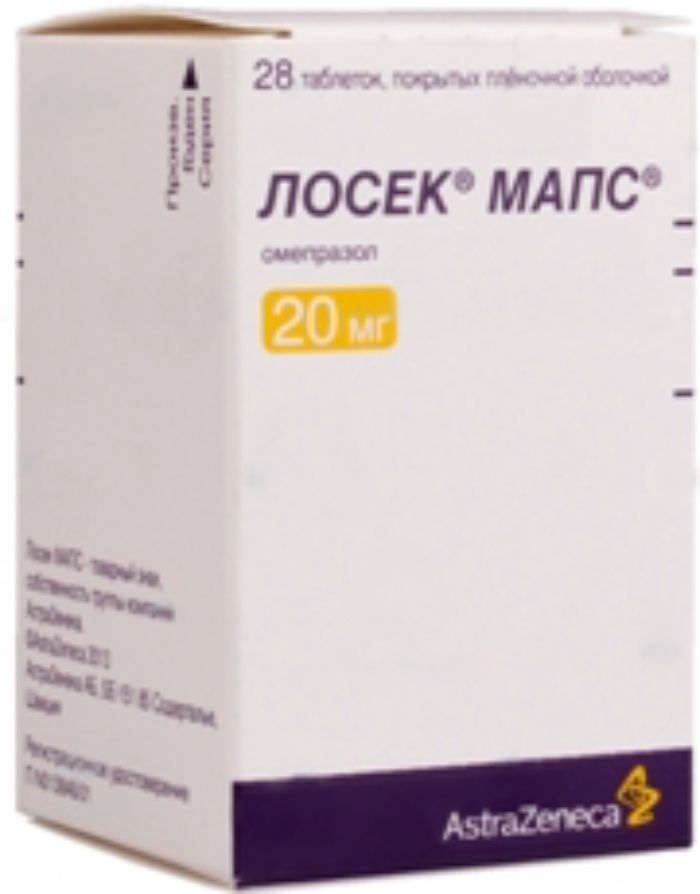
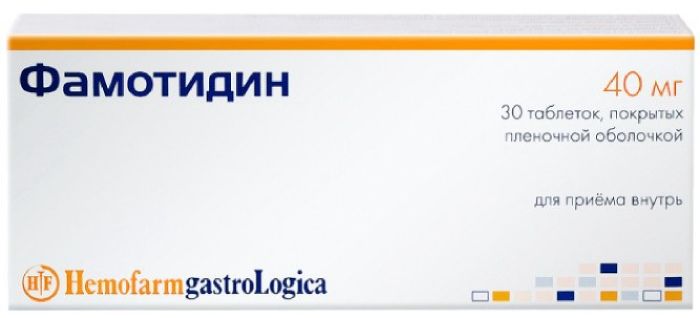

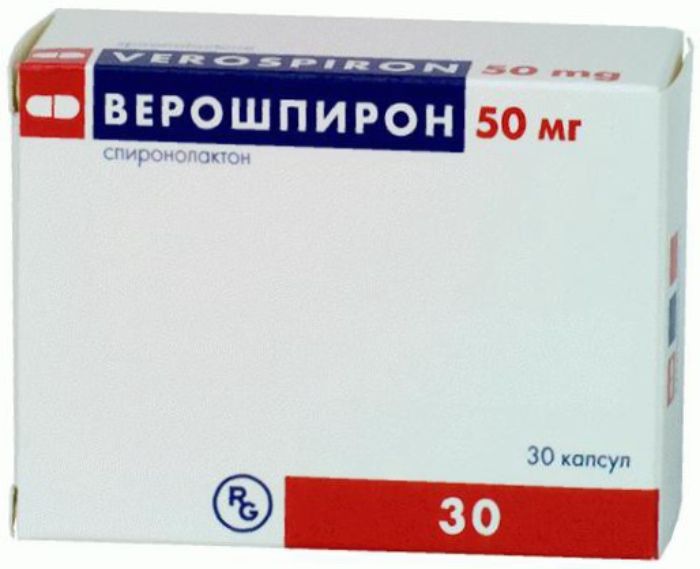
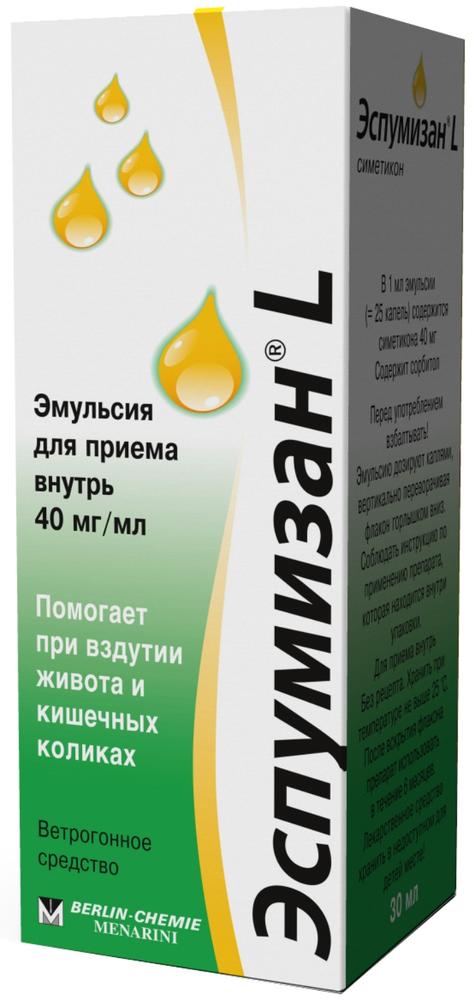

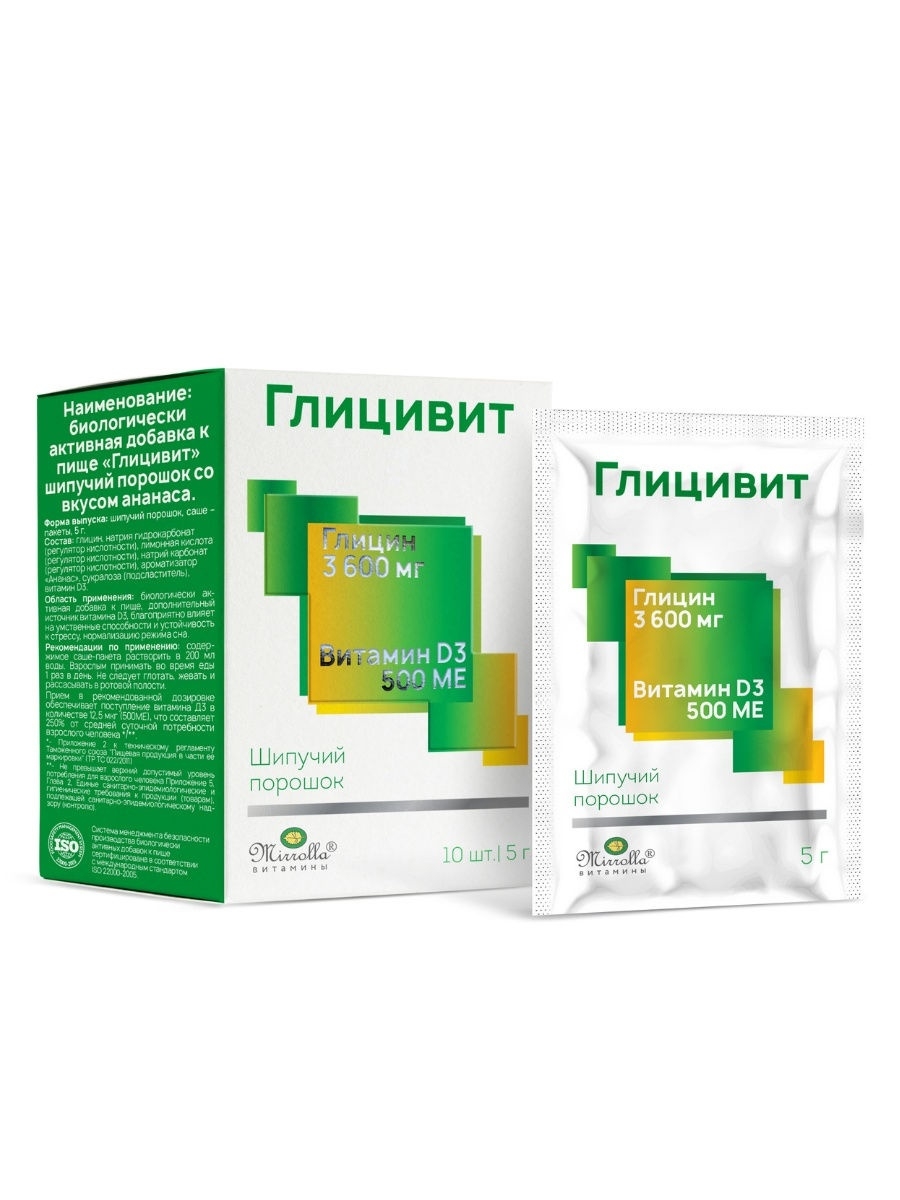
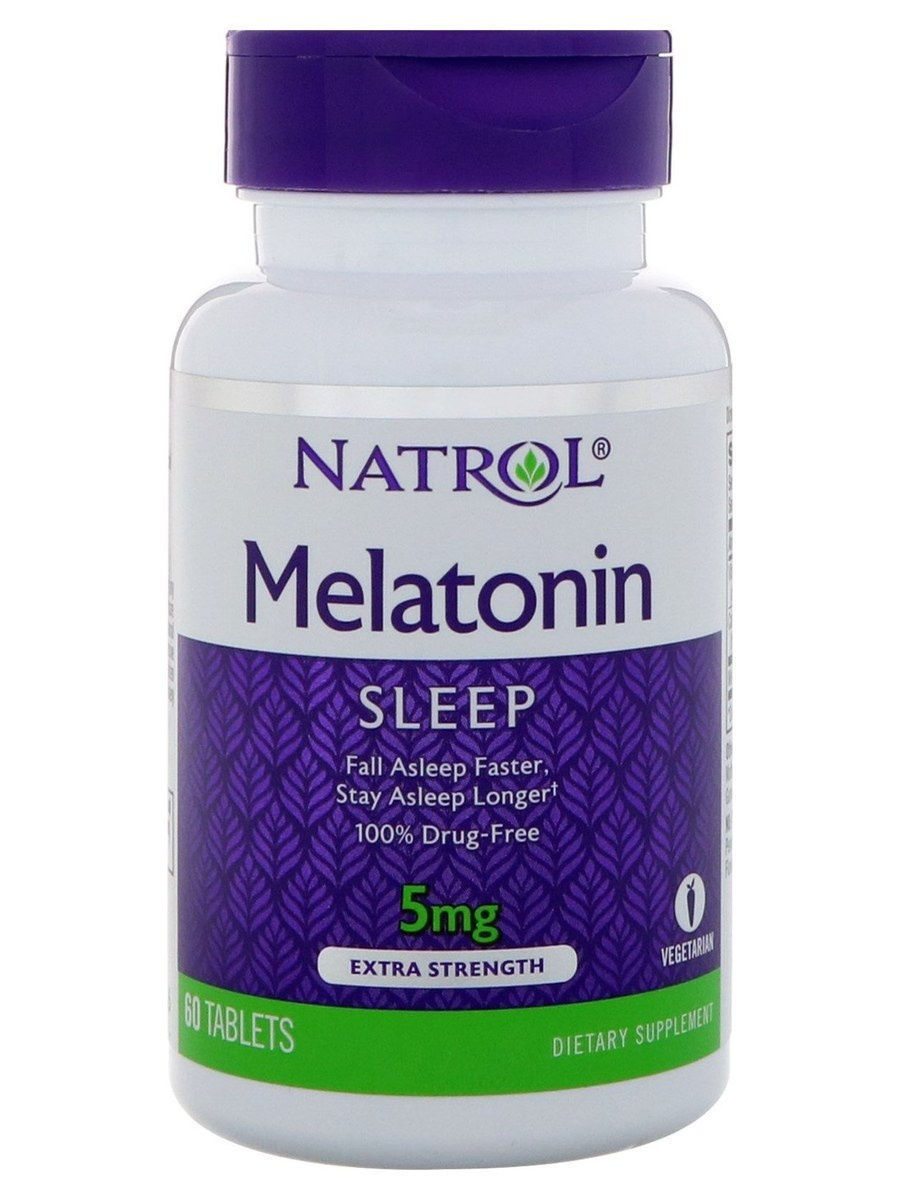




There are no reviews yet.